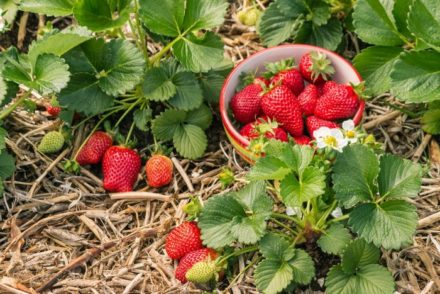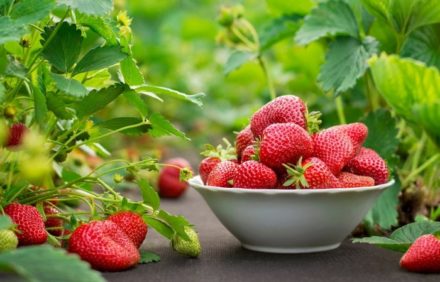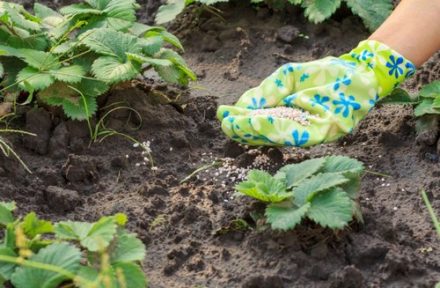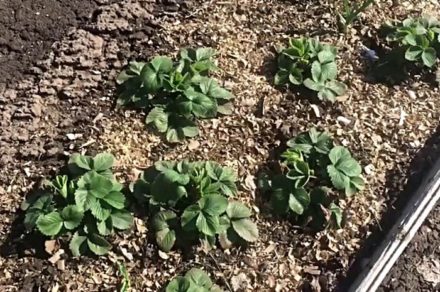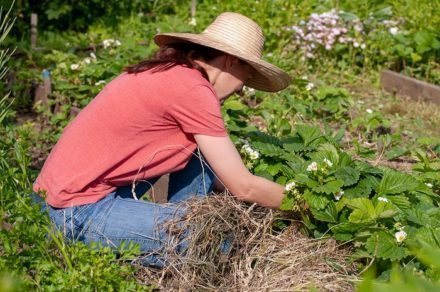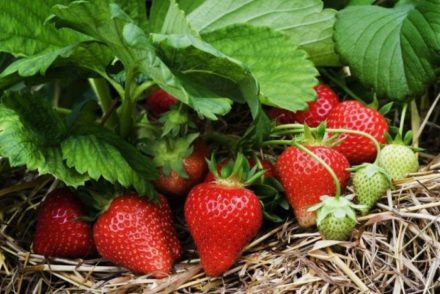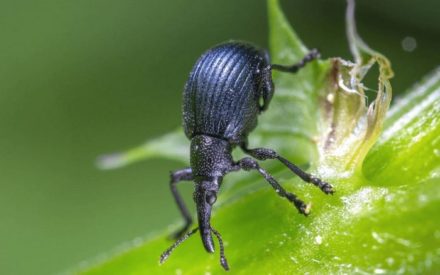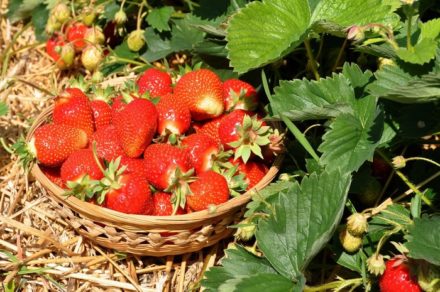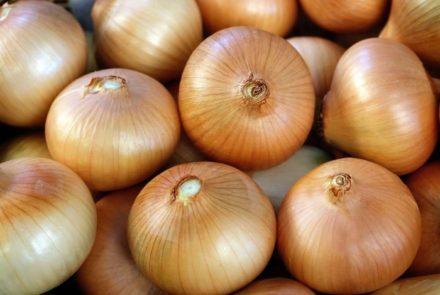It would be a mistake to believe that it is the spring care of strawberries that contributes to a good harvest. In fact, flower buds are formed a month after fruiting, that is, approximately in the first half of August. The more powerful and developed the bush is, the more buds it can form. This is why it is so important to fertilize strawberries after picking the berries. The nutrients will help the plants regain their strength, which will have a positive effect on fruiting next season.
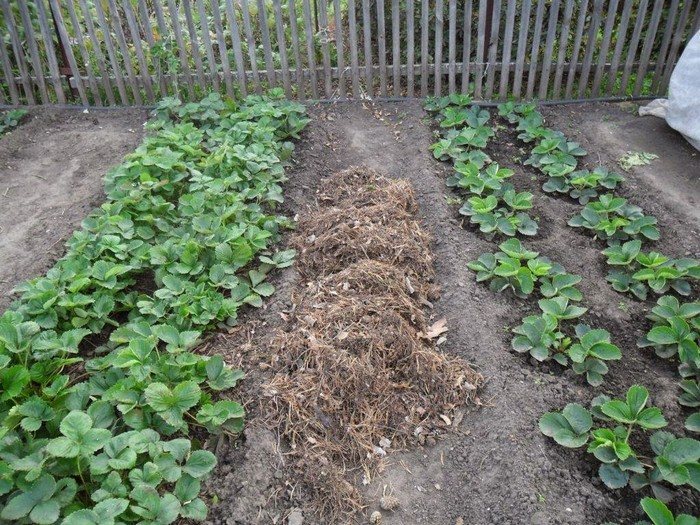
Fertilizer application timing
In the second half of summer, strawberries not only lay buds for the future harvest, but also grow new leaves and tendrils, the formation of which also requires the supply of nutrients. The timing of fertilizing depends on the strawberry variety and the climatic characteristics of the region. Fertilizer should be applied 10–15 days after the last berries are harvested.
In any case, fertilizing should be carried out no later than the first days of August. Before doing this, you need to cut off all the leaves from the bushes, especially if they show signs of disease. At the same time, weeds are removed from the garden bed and the soil is lightly loosened. Now you can start applying fertilizers.
After two weeks, another feeding is carried out. It is better to alternate the compositions with each other. Then the composition of minerals in the soil will be more balanced.For example, if mullein or bird droppings were applied for the first time, during the second feeding a complex preparation or a mixture of nitrophoska and potassium salt is used.
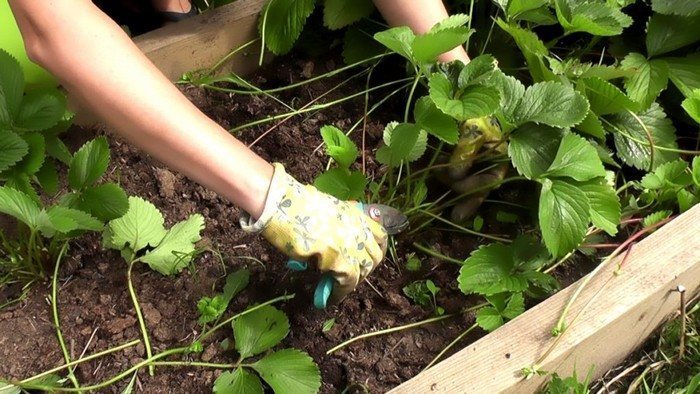
Options for effective feeding
For summer feeding of strawberries, you can use both organic and mineral fertilizers. Plants absorb nutrients better in liquid form, so solutions or infusions are most often used. Fertilize after watering or rain. In moist soil, strawberry roots will definitely not get burned.
Wood ash
Powdered ash is a traditional fertilizer for gardening. The ashes will enrich the garden strawberry bed:
- phosphorus;
- potassium;
- magnesium;
- iron;
- boron
To prepare the infusion, dissolve 2 cups of wood ash in 10 liters of water. The mixture is thoroughly mixed and covered with a lid. Let the fertilizing sit for at least 3-4 hours. After this, 0.5 liters of nutrient solution is poured under each bush. Thanks to its natural composition, the fertilizer is perfectly absorbed by plants. You can also add ash in dry form by adding a handful of powder under each bush and gently mixing it with the ground. In this case, the ash powder will also protect the strawberries from pests and fungal diseases.
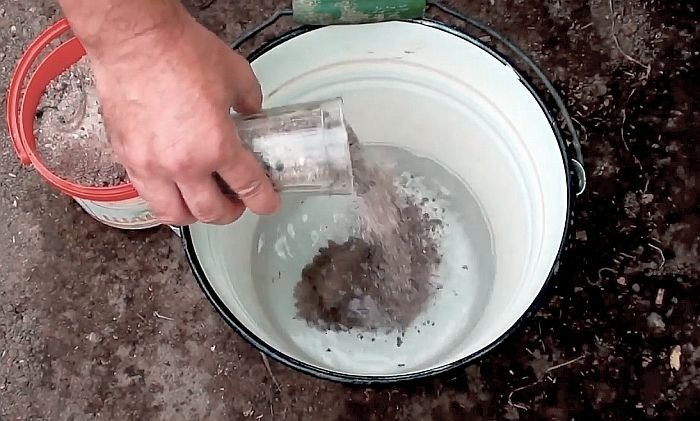
Mullein
Mullein contains mainly nitrogen, however, it also contains other mineral elements that are beneficial for strawberries. First, prepare a concentrated solution. To do this, fill a quarter of a 10-liter bucket with liquid manure. The remaining volume will be filled with water poured to the top. The solution should ferment for 5 days under the lid. Periodically stir the liquid in the bucket. Before use, the infusion is diluted with water in a ratio of 1:5.1 liter of solution is poured under each plant.
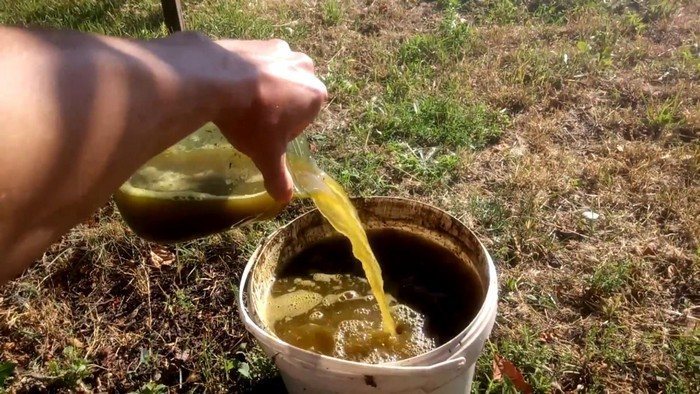
Chicken droppings
Chicken manure has about the same effect on plants as manure, only it is a more concentrated fertilizer. Prepare the fertilizer as follows:
- add 1 part of litter to 20 parts of water;
- let the mixture brew for 4–5 days in a warm place;
- When the infusion stops emitting an unpleasant odor and bubbling, the fertilizer is ready.
Fertilizer for strawberries is consumed 1 liter per bush. The infusion must be applied strictly at the root, without getting on the stems and leaves, otherwise the plants will get burns. In dry form, chicken manure is not applied to strawberries or other crops, so as not to burn the roots.
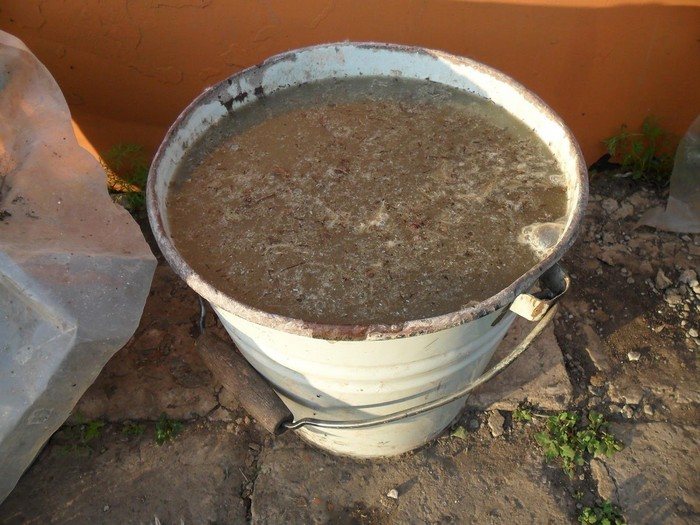
Urea (urea)
Urea (carbamide) is a mineral fertilizer based on carbon dioxide and ammonia, produced in the form of white or colorless granules. Its application stimulates rapid growth of the above-ground parts of plants. Thanks to urea, the stems are formed strong, and the leaves acquire a rich green color. The fertilizer is very economical and it is profitable to use.
Urea does not cause leaf burn on contact, is quickly absorbed by plant roots even in acidic soil, and increases strawberry productivity. When using fertilizer, it is important to strictly follow the dosage. A solution is prepared from 30 g of urea per bucket of water. The composition must be stirred until no sediment remains. Strawberries are fed at the rate of 500 ml of urea solution per plant.
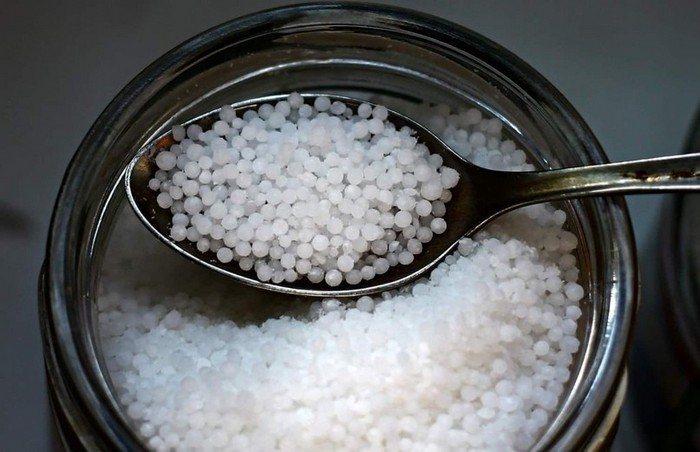
Mineral mixture
Strawberry yields will be positively affected by fertilizing with a mineral mixture consisting of 30 g of nitrophoska and 15 g of potassium salt per 10 liters of water. The solution is thoroughly mixed until the granules completely disappear. Each plant should receive 1 liter of this fertilizer.
The solution will saturate the soil with the main elements - nitrogen, phosphorus, potassium. By the way, the mixture can also be used for foliar feeding. In this case, the concentration of the composition is reduced by 2 times. You can replace the mineral mixture with a complex fertilizer intended for feeding strawberries. Such lines are produced today by all major agricultural companies.
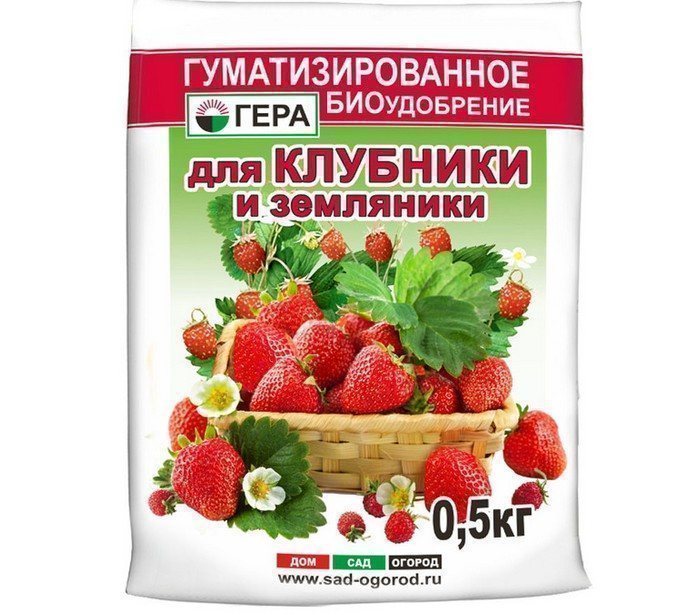
When applying fertilizers for strawberries, under no circumstances should you do it “by eye”. It is important to follow the dosage so as not to cause harm to plants instead of benefit. Mulch from mowed grass placed between the rows can be used as additional fertilizing. Gradually rotting, the organic matter will serve as food for the strawberry bushes, which will also have a positive effect on the yield next year.


